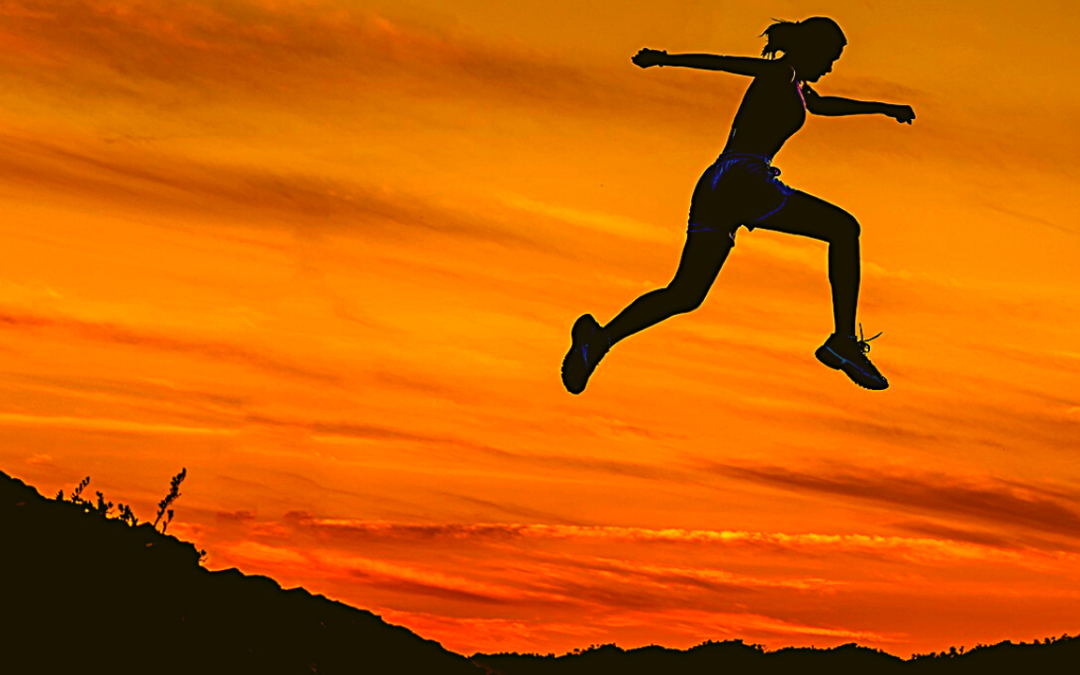
GEW: Investor Spotlight Event with CleanStart
Spotlight Pitch
These events shine a spotlight on the kinds of companies poised on the edge of significant growth, ones that could have a real impact on our regional economy, and ones that have substantially mitigated their risks. The confirmed companies so far are:
- XeroHome—an AI-based product for making tailored recommendations to homeowners on what clean energy investments to make, all without the need for site visits and labor-intensive audits. The algorithm uses utility billing data, building records, satellite photos and more to analyze hundreds of thousands of homes in a few minutes, then put the results in a database the homeowners can query on their own. Now multiple utilities across the country are using this software.
- LiCAP Technologies—has a better way to make batteries. It is less expensive, it requires fewer steps, it avoids using toxic solvents, it creates thinner electrodes, it boosts the energy and power density, and extends cycle life. EV battery-makers are salivating over the technology, and have seen all the claims are valid. What they want to see is a high-speed manufacturing process to confirm it is fully compatible their current processes.
- AscentOs—has developed software to optimize and simplify the process of selling solar and storage systems to homeowners and small businesses, getting the required permits, and scheduling the crews and materials, all to cut the cost of installations. It is getting rave reviews from early users.
- JAPA—has the solution to avoid wasting time and fuel in trying to find a parking space by installing sensors and using software to tell drivers where the empty spots are. They have some big hospitals as anchor customers who love the app.
Join us for an exciting in-person event at the Carlsen Center for Innovation and Entrepreneurship in Sacramento, CA, USA. Get ready to showcase your ideas and network with fellow entrepreneurs! At Spotlight Pitch, you’ll have the chance to present your business concepts to a captivated audience, including potential investors and industry experts. This is your opportunity to shine and gain valuable feedback. Don’t miss out on this amazing chance to take your entrepreneurial journey to the next level. See you there!








